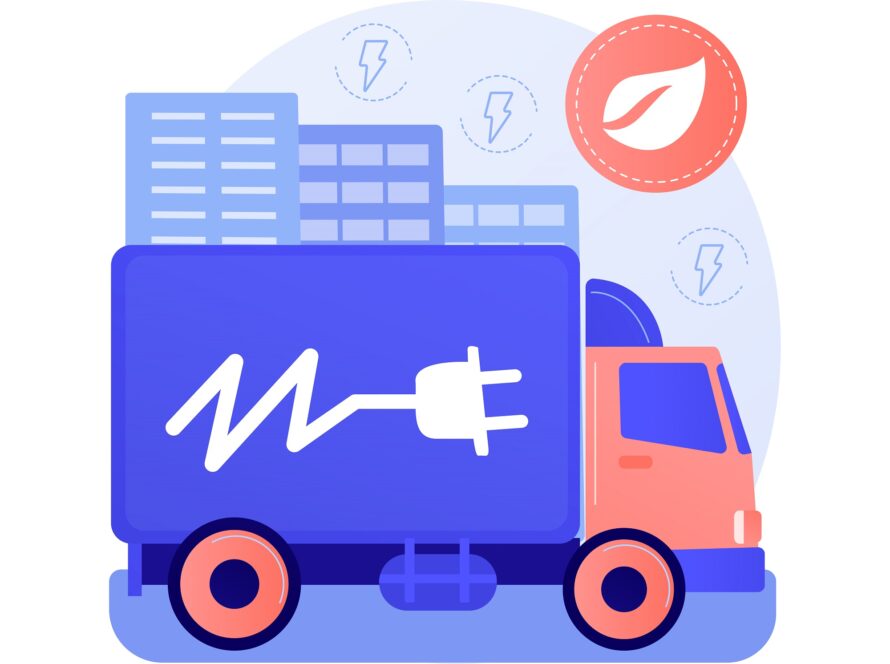Introduction
In the fast-paced world of trucking, a well-designed training program is the cornerstone of success for both aspiring and seasoned drivers. This blog post delves into the essential elements that make a trucking training program comprehensive and effective. By exploring the balance between theoretical knowledge and practical skills, we uncover the key components that contribute to the development of competent and safe trucking professionals.
Theoretical Training Elements
1. Regulatory Knowledge:
Understanding and adhering to the regulatory frameworks governing the trucking industry is a cornerstone of theoretical training for truck drivers. This knowledge is crucial for ensuring compliance with laws and standards that govern the profession. Topics such as hours of service regulations, logbook requirements, and safety standards are essential components. Drivers must grasp legal driving limits, maintain accurate records, and follow safety guidelines to prevent accidents and uphold transportation integrity. Drivers are adept in work rules, fostering safety and legal compliance through a solid theoretical foundation.

2. Route Planning and Navigation:
Theoretical knowledge in route planning, map reading, and GPS navigation is fundamental for optimizing trucking operations. Understanding how to plan efficient routes not only minimizes fuel consumption but also maximizes delivery efficiency. Theoretical training in this area should cover traditional map reading skills alongside the integration of modern GPS technology. Emphasizing the role of technology in optimizing routes helps drivers make informed decisions, avoid traffic congestion, and deliver goods in a timely manner. This theoretical understanding is essential for enhancing overall operational efficiency and reducing environmental impact.
3. Hazardous Materials Awareness:
Theoretical training in handling and transporting hazardous materials is critical for the safety of both drivers and the public. This training encompasses understanding regulations related to the transportation of hazardous materials, emergency response procedures in the event of spills or accidents, and the importance of proper documentation. Drivers need to be well-versed in the classification, labeling, and placarding of hazardous materials, ensuring compliance with laws such as the Hazardous Materials Regulations (HMR). Theoretical knowledge in this area equips drivers to handle potentially dangerous situations responsibly and in accordance with established safety protocols.
4. Customer Service and Communication Skills:
Theoretical training in customer service and effective communication is essential for drivers who often serve as the face of the trucking company. Understanding the principles of good customer service and effective communication ensures that drivers can navigate various scenarios they may encounter on the road. This includes interactions with clients, shippers, and receivers. Theoretical training should cover scenarios such as handling complaints, providing updates on delivery status, and resolving issues professionally. Equipping drivers with strong communication skills not only enhances their ability to represent the company positively but also contributes to overall customer satisfaction and relationship-building.
Practical Training Elements
1. Vehicle Inspection and Maintenance:
Practical training in vehicle inspection and maintenance is a hands-on necessity for truck drivers to ensure the safety and functionality of their vehicles. Drivers should be trained to conduct thorough pre-trip inspections, checking essential components such as brakes, tires, lights, and fluids. Emphasizing the importance of routine maintenance enables drivers to identify and address potential issues before they escalate into safety hazards. This practical knowledge not only contributes to the longevity of the vehicle but also enhances on-road safety by preventing breakdowns and accidents that may result from mechanical failures.

2. Safe Driving Techniques:
Practical training in safe driving techniques is crucial for fostering responsible and defensive driving habits. This training should include hands-on exercises that allow drivers to master skills such as effective braking, safe turning maneuvers, and handling adverse weather conditions. Defensive driving techniques, such as maintaining a safe following distance and anticipating potential hazards, should be emphasized. This hands-on approach equips drivers with the skills needed to navigate diverse road conditions while prioritizing the safety of themselves and others on the road.
3. Docking and Loading/Unloading Procedures:
Practical training in docking, loading, and unloading procedures is essential for ensuring the efficient and secure transport of goods. Drivers need hands-on experience with proper docking techniques, including maneuvering into loading bays and aligning with dock equipment. Training should cover safe loading/unloading practices, emphasizing cargo securement and weight distribution for overall road safety. This ensures drivers efficiently perform tasks while minimizing accident or cargo damage risks.
4. Simulator Training:
Simulator training integrates real-world scenarios into practical sessions, providing a controlled environment for drivers to experience diverse driving situations. Simulators allow drivers to practice decision-making skills, experience diverse road conditions, and navigate challenging situations without real-world risks. Simulations boost drivers’ skills in decision-making, reactions to unexpected events, and heightened situational awareness. Simulator training is particularly effective in preparing drivers for various road conditions, traffic scenarios, and emergency situations, ultimately contributing to their overall readiness and confidence on the road.
The Balance and Integration
Real-World Scenarios and Case Studies:
Advocating for the integration of real-world scenarios and case studies into both theoretical and practical training adds a crucial layer of contextual learning for truck drivers. By presenting situations drivers are likely to encounter on the road, this approach bridges the gap between theory and practice. Real-world scenarios allow trainees to apply theoretical knowledge to actual situations, fostering a deeper understanding of concepts. Case studies provide insights into how to navigate complex challenges, make critical decisions, and adhere to regulations in practical settings. This integration ensures that drivers are not only equipped with theoretical principles but are also prepared for the dynamic and unpredictable nature of the road. Benefits include improved problem-solving skills, heightened situational awareness, and enhanced adaptability in various driving conditions.
Continuous Evaluation and Feedback:
Emphasizing the importance of continuous evaluation and constructive feedback throughout the training program is integral to the development of skilled and proficient truck drivers. Regular assessments, both theoretical and practical, serve as checkpoints to gauge a trainee’s progress. These evaluations identify areas for improvement and help trainers tailor the program to individual needs. Constructive feedback provides valuable insights into strengths and weaknesses, fostering a culture of ongoing learning. Continuous evaluation ensures that drivers remain engaged and motivated, with trainers offering guidance on areas that require further development. This iterative process promotes a commitment to excellence, helping drivers refine their skills and stay abreast of industry best practices. Ultimately, the integration of continuous evaluation and feedback contributes to the creation of well-rounded and highly competent professionals in the trucking industry.
Conclusion
A comprehensive trucking training program strikes a balance between theoretical knowledge and practical skills, equipping drivers with the expertise needed for a successful and safe career in the industry. By understanding and implementing these essential elements, trucking companies can cultivate a new generation of skilled professionals and contribute to the overall safety and efficiency of the roadways.





